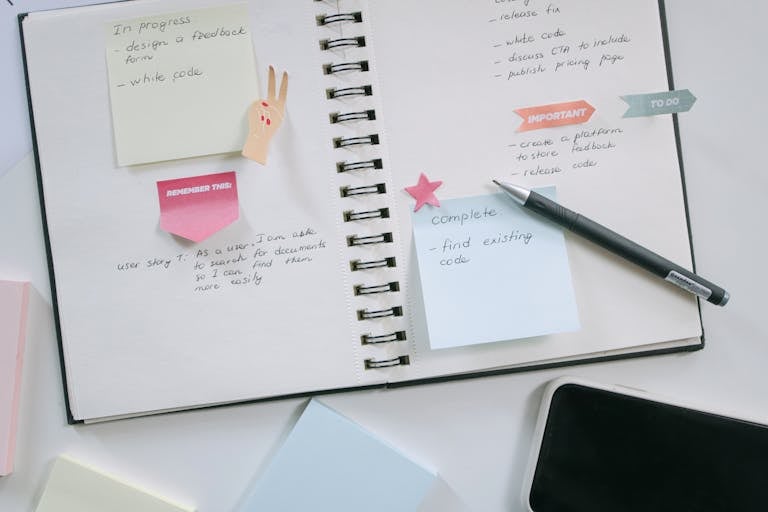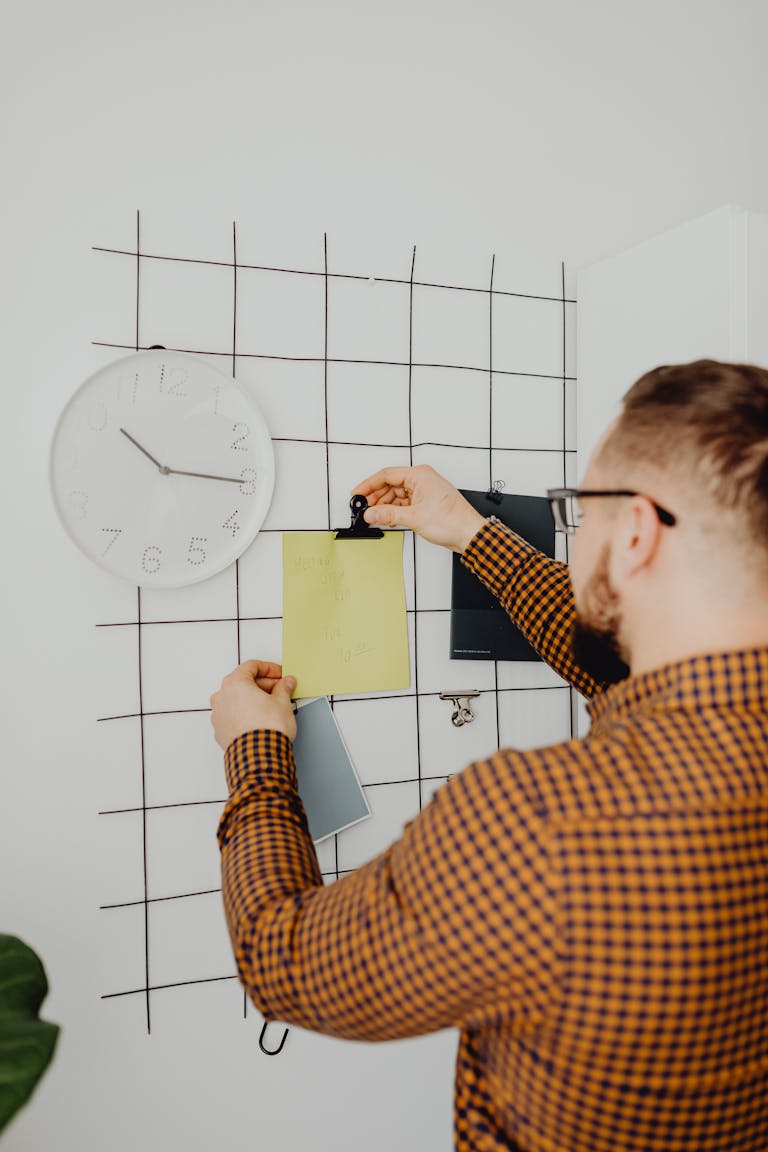In the age of technology, screens are an inevitable part of our daily lives. Whether it’s a phone, computer, or tablet, screen time has become a major aspect of both personal and professional routines. While digital devices provide a wealth of information and convenience, excessive screen time can lead to digital burnout, distractions, and decreased productivity.
Managing your screen time effectively is crucial for improving productivity and maintaining a healthy balance between work, leisure, and personal life. This article will provide practical strategies to help you optimize your screen time, reduce distractions, and increase your overall productivity.

1. Understand Your Current Screen Time Usage
The first step in managing your screen time is understanding how much time you’re spending in front of your devices. Many of us are unaware of the hours we waste scrolling through social media or checking emails. Start by tracking your screen time using apps or built-in features on your devices.
- iOS: Use the Screen Time feature to monitor how much time you spend on different apps and websites.
- Android: Use the Digital Wellbeing feature to track your app usage and set limits.
By assessing your screen time, you can gain insight into how much time is being spent productively and where you can make improvements.
2. Set Clear Boundaries for Screen Time
To improve productivity, it’s important to set clear boundaries around your screen usage. This can include limiting screen time for certain activities or allocating specific hours for certain tasks. Here are a few ideas:
- Set work hours: Designate certain hours of the day for work-related tasks, and try to avoid using devices for personal activities during this time. This helps you maintain focus and avoid distractions.
- Create screen-free zones: Set boundaries for when and where you use digital devices. For example, avoid using screens during meals, in the bedroom, or during family time.
- Limit social media use: Social media can be a major source of distraction. Consider setting a timer for how long you’ll spend on social media apps each day, and stick to it.
By setting these boundaries, you’ll be able to reduce unnecessary distractions and make the most of your screen time.
3. Use Time-Management Techniques to Stay Focused
There are several time-management techniques that can help you stay focused while using your devices. By managing your screen time effectively, you can boost your productivity and ensure that you’re using your devices to accomplish your goals.
a. The Pomodoro Technique
The Pomodoro Technique is a time-management method that encourages working in short bursts of focused time, followed by a short break. Here’s how it works:
- Set a timer for 25 minutes and work on a specific task without distractions.
- After 25 minutes, take a 5-minute break.
- Repeat the process, and after four sessions, take a longer break of 15-30 minutes.
This technique can help you stay focused and avoid the temptation of checking your phone or browsing the web during work time.
b. Time Blocking
Time blocking is a technique where you schedule specific blocks of time for certain tasks. You can block time for work, meetings, personal tasks, and even breaks. By allocating specific times for each task, you can avoid multitasking and ensure that you’re dedicating focused time to each activity.
4. Minimize Digital Distractions
Distractions are one of the biggest productivity killers when it comes to screen time. To stay focused and improve productivity, it’s essential to minimize digital distractions. Here are a few strategies:
- Turn off notifications: Constant notifications from emails, apps, and social media can disrupt your focus. Turn off non-essential notifications or use apps like Focus@Will to create a distraction-free environment.
- Use focus apps: Apps like Freedom, StayFocusd, or Forest can help you block distracting websites or set limits for specific apps.
- Use Do Not Disturb mode: If you need to concentrate, consider using the Do Not Disturb mode on your phone to silence calls and notifications temporarily.
By minimizing distractions, you’ll be able to maintain focus and complete tasks more efficiently.
5. Prioritize Offline Activities
While digital devices are useful, it’s important to take time away from screens to recharge. Prioritize offline activities that support your overall well-being and productivity. These activities can include:
- Exercise: Physical activity can boost energy levels and help you clear your mind. Take a walk, go for a run, or try yoga to refresh yourself.
- Hobbies: Engage in offline hobbies such as reading, painting, or cooking. These activities can help you unwind and tap into your creativity.
- Quality time with loved ones: Spend time with friends and family without the distraction of screens. This will help you foster stronger relationships and improve your mental well-being.
Taking regular breaks from screens and prioritizing offline activities will help you recharge and stay productive.
6. Evaluate and Adjust Your Screen Time Habits
Managing screen time is an ongoing process. After implementing some of the strategies above, take the time to evaluate your habits and adjust as necessary. Regularly check your screen time usage and adjust your boundaries or techniques if needed. By continuously monitoring and adjusting your habits, you’ll maintain a healthy balance and improve your overall productivity.
Q: How do I manage my screen time without feeling overwhelmed?
A: Start by tracking your screen time and setting small, achievable goals to reduce it. Use time-management techniques like the Pomodoro Technique or Time Blocking to stay focused. Gradually implement digital boundaries and prioritize offline activities.
Q: What is the best way to limit my social media use?
A: Use apps like StayFocusd or Forest to block distracting websites or set time limits for social media use. You can also designate specific times of the day for checking social media, ensuring it doesn’t interfere with work or other important tasks.
Take Control of Your Screen Time Today
Start by tracking your screen usage, setting boundaries, and using time-management techniques to improve your productivity. Prioritize offline activities to recharge and strike a healthy balance in your daily routine.

I’m EKBAL HOSSAIN MONDAL, the creator of SmartSolveTips.com — a blog dedicated to helping people improve productivity, avoid digital burnout, and live better online. With years of hands-on experience in self-development and digital wellness, I write practical tips and tools to help you stay focused and thrive in a fast-paced digital world.






